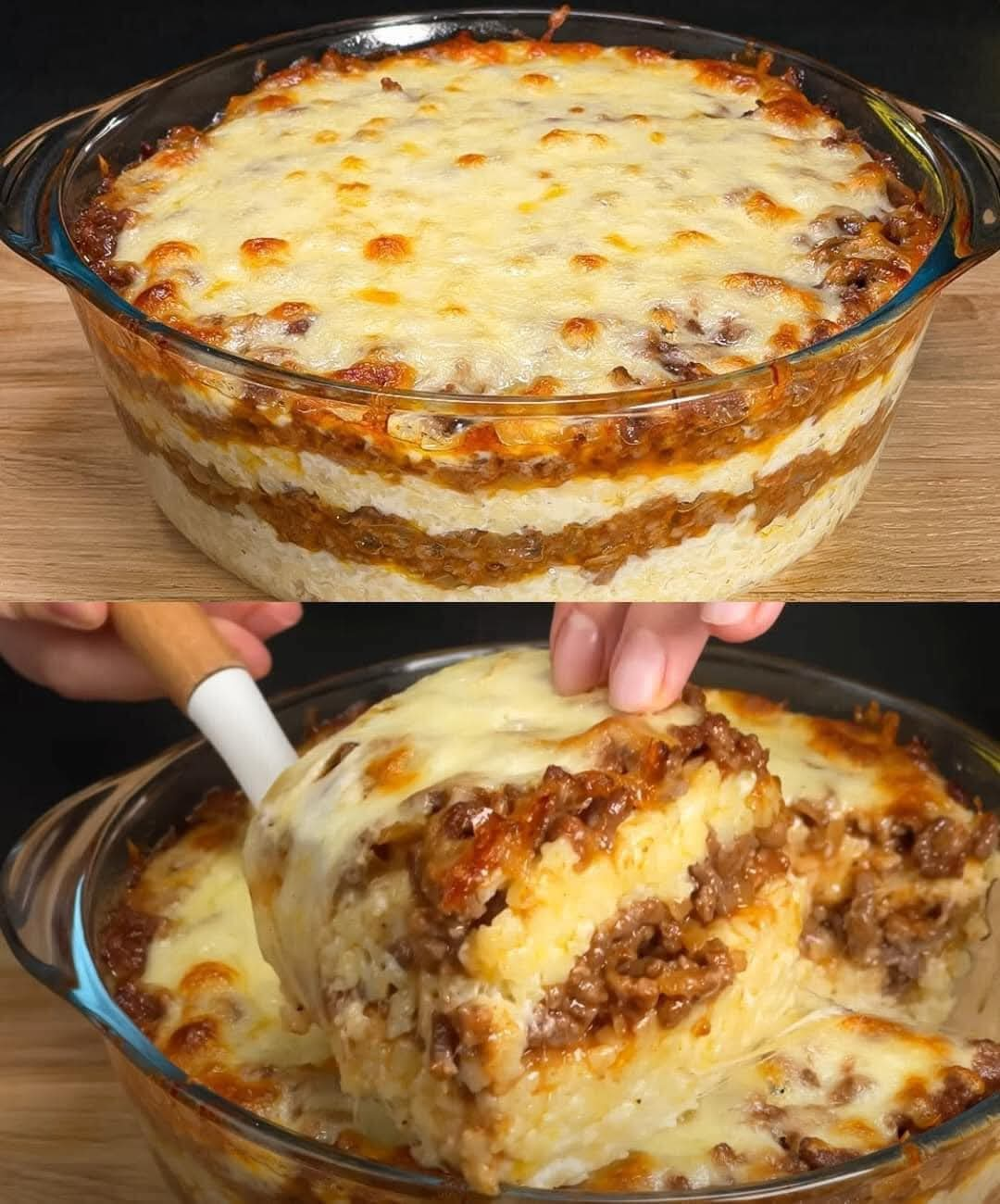The Ultimate Cheesy Comfort Food: Perfecting Your Lasagna Recipe
Lasagna is more than just a dish; it’s a comforting embrace after a long day, a family favorite, and the go-to meal for gatherings. Whether you’re a beginner or a seasoned chef, mastering this layered pasta dish can impress family and friends alike. This comprehensive guide will walk you through every step in creating a delectable lasagna, filled with cheese, savory meat sauce, and wholesome ingredients.
1. Introduction to Lasagna
Lasagna is an Italian dish characterized by its layers of pasta, rich sauce, and creamy cheese. While it has many regional variations, the classic lasagna typically features a meaty ragù, béchamel sauce, and dense cheeses. With this guide, you’ll learn not only how to create the classic version but also variations that can cater to different dietary preferences.
2. Ingredients You Will Need
Quality ingredients are crucial for a successful lasagna. Below is a list of what you’ll need.
2.1. Lasagna Noodles
- Regular Lasagna Noodles: Standard dried pasta sheets.
- No-Boil Lasagna Noodles: Convenience noodles that eliminate the boiling stage.
2.2. Meat Sauce Ingredients
- Ground Meat: Typically beef, but Italian sausage or a mix of meats is delightful.
- Tomatoes: Crushed tomatoes or tomato sauce.
- Onion: Finely chopped.
- Garlic: Minced for flavor.
- Herbs: Dried oregano, basil, and parsley.
- Olive Oil: For cooking the sauce.
- Red Wine: Optional, adds depth to the sauce.
2.3. Cheese Mixture
- Ricotta Cheese: Essential for the creamy texture.
- Mozzarella Cheese: Shredded for layering and topping.
- Parmesan Cheese: Grated for flavor and crust.
- Egg: To bind the ricotta mixture.
2.4. Optional Vegetables
- Spinach: A nutritious addition.
- Mushrooms: For a hearty, earthy flavor.
- Zucchini or Bell Peppers: Add color and texture.
3. Step-by-Step Instructions
3.1. Preparing the Meat Sauce
- Sauté Vegetables: In a large skillet, heat olive oil over medium heat. Add chopped onions and minced garlic, sauté until translucent.
- Brown the Meat: Increase the heat and add the ground meat. Use a wooden spoon to break up the meat; cook until browned.
- Add Tomatoes and Herbs: Stir in crushed tomatoes, oregano, basil, and any optional ingredients like wine. Let it simmer for about 30 minutes on medium-low heat.
3.2. Preparing the Cheese Mixture
- In a bowl, combine ricotta cheese, one beaten egg, and a pinch of salt and pepper.
- Mix in half of the shredded mozzarella and half of the grated Parmesan cheese.
3.3. Cooking the Lasagna Noodles
- If using regular noodles, boil in salted water for about 8-10 minutes until al dente. Drain and rinse with cold water.
- If using no-boil noodles, skip this step.
3.4. Assembling the Lasagna
- Layering: In a baking dish, start with a layer of meat sauce, followed by noodles, then the cheese mixture. Repeat the layers, finishing with a top layer of meat sauce.
- Top Layer: Add the remaining mozzarella and Parmesan cheese on top.
- Bake: Cover the dish with foil (to prevent sticking, spray it with cooking spray). Bake in a preheated oven at 375°F (190°C) for about 25 minutes. Remove the foil and bake for an additional 15 minutes until the cheese is bubbly and golden.
4. Variations on Traditional Lasagna
4.1. Vegetarian Lasagna
Substitute the meat with layers of sautéed vegetables like spinach, mushrooms, zucchini, and add an extra layer of ricotta cheese for creaminess.
4.2. Seafood Lasagna
Use a mix of seafood such as shrimp, scallops, and crab with a white sauce or pesto in place of traditional meat sauce.
4.3. Gluten-Free Lasagna
Use gluten-free lasagna noodles or thin slices of vegetables like zucchini or eggplant in place of pasta sheets.
5. Tips for the Perfect Lasagna
- Let It Rest: Allow the lasagna to sit for 15-20 minutes after baking. This helps it set and makes cutting easier.
- Use Quality Cheese: Opt for fresh mozzarella and good-quality ricotta for a rich flavor.
- Experiment with Herbs: Fresh herbs elevate the dish; try adding fresh basil or parsley on top before serving.
6. Serving and Storage Suggestions
- Serving: Serve with a fresh garden salad and garlic bread for a complete meal.
- Storage: Leftover lasagna can be stored in the refrigerator for up to 4 days. It can also be frozen for up to 3 months. When reheating, cover with foil to avoid drying out.
7. Frequently Asked Questions (FAQs)
Q: Can I make lasagna ahead of time?
A: Yes, you can assemble the lasagna and keep it in the refrigerator for up to 24 hours or freeze before baking.
Q: How do I prevent my lasagna from being watery?
A: Ensure your meat sauce is well-reduced and that you do not overdo it with watery vegetables.
Q: What can I serve with lasagna?
A: Garlic bread, a simple salad, or steamed vegetables make excellent side dishes.
8. Conclusion
Creating a flavorful lasagna at home is not only satisfying but also allows you to adapt it to your taste and dietary needs. With these detailed instructions, tips, and variations, you’ll be well-equipped to prepare a stunning lasagna that will impress everyone at your table. So roll up your sleeves, gather your ingredients, and get ready to dive into the ultimate cheesy comfort food experience!




